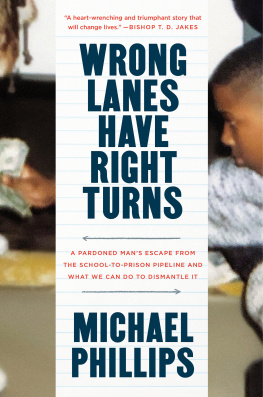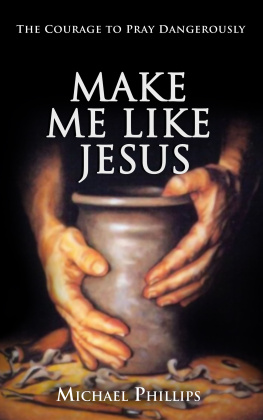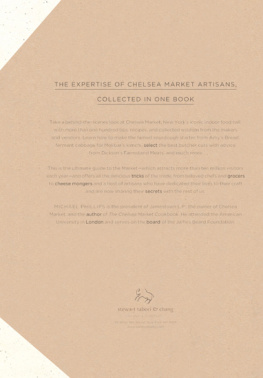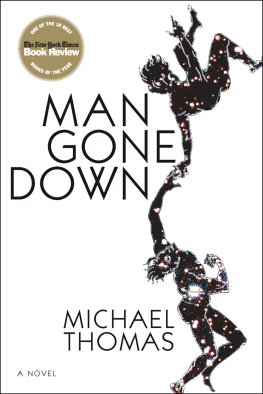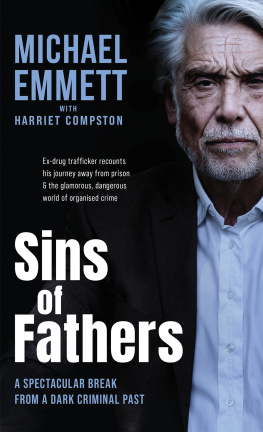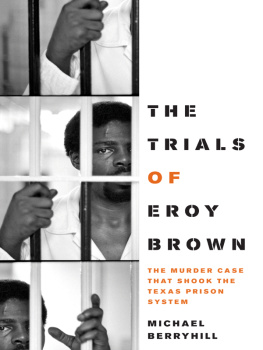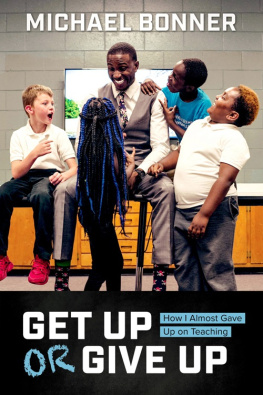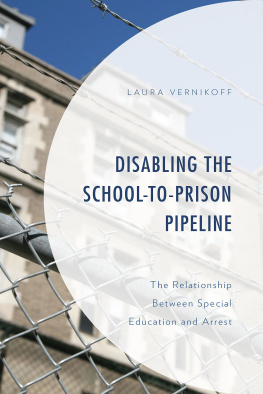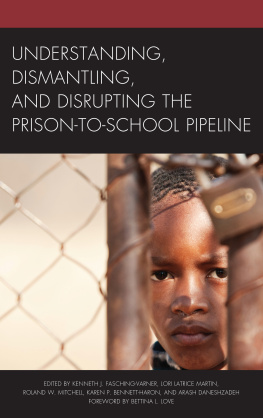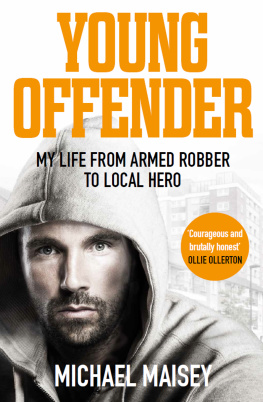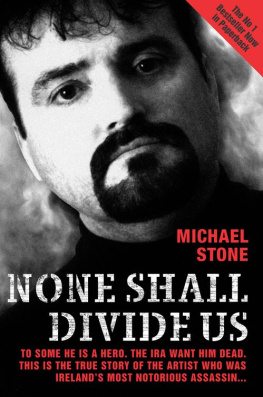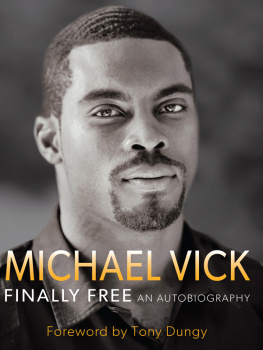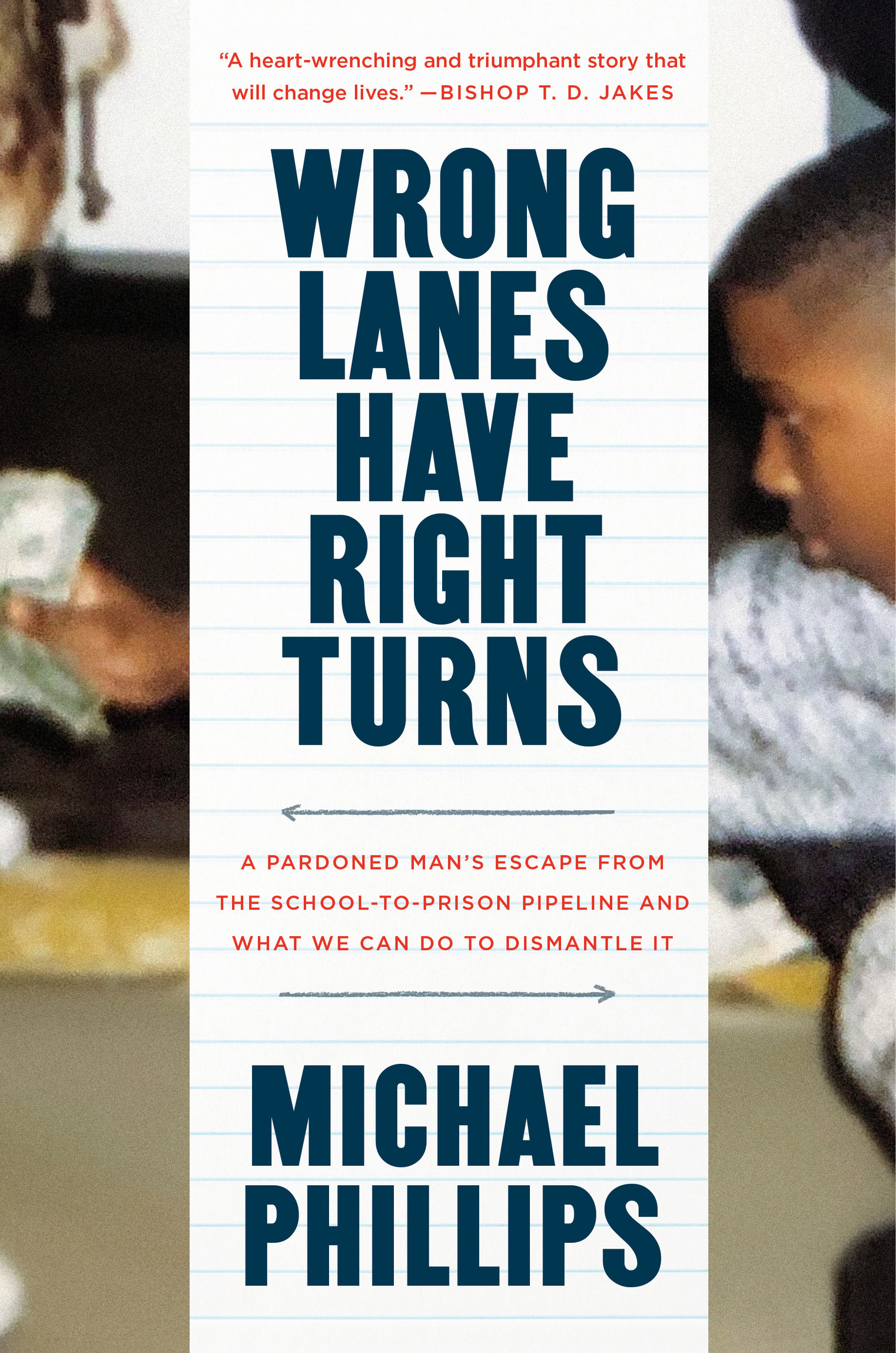Contents
Landmarks
Print Page List
Wrong Lanes Have Right Turns
All Scripture quotations, unless otherwise indicated, are taken from the King James Version. Scripture quotations marked ( NRSV ) are taken from the New Revised Standard Version Bible, copyright 1989 National Council of the Churches of Christ in the United States of America. Used by permission. All rights reserved worldwide.
Details in some anecdotes and stories have been changed to protect the identities of the persons involved.
Copyright 2022 by Michael Phillips
Discussion Questions copyright 2022 by Michael Phillips
All rights reserved.
Published in the United States by WaterBrook, an imprint of Random House, a division of Penguin Random House LLC.
WaterBrook and its deer colophon are registered trademarks of Penguin Random House LLC.
Library of Congress Cataloging-in-Publication Data
Names: Phillips, Michael (Pastor), author.
Title: Wrong lanes have right turns : a pardoned mans escape from the school-to-prison pipeline and what we can do to dismantle it / Michael Phillips.
Description: First edition. | [Colorado Springs, Colorado] : WaterBrook, [2022] | Includes bibliographical references.
Identifiers: LCCN 2021028714 | ISBN 9780593193907 (hardcover) | ISBN 9780593193914 (ebook)
Subjects: LCSH: Phillips, Michael (Pastor) | African American clergyBiography. | Christian biographyUnited States. | Ex-convictsUnited StatesBiography. | African American boysEducationSocial aspects. | Racism in educationUnited States. | Prison-industrial complexUnited States. | Educational changeUnited States.
Classification: LCC BR1725.P493 A3 2022 | DDC 270.092 [B]dc23
LC record available at https://lccn.loc.gov/2021028714
Ebook ISBN9780593193914
waterbrookmultnomah.com
Title-page prison image by Carles Rabada on Unsplash, and title-page school image by Kyo Azuma on Unsplash
Chapter-number and space-break u-turn images: copyright iStock.com/bgblue
Book design by Victoria Wong, adapted for ebook
Cover design: Sarah Horgan
Cover photograph: courtesy of the author
ep_prh_6.0_138967718_c0_r0
Contents
Prologue
W e all share a similar story, but the difference in the details makes us believe were not the same.
In 2012 my eyes were opened to a collective story unfolding in my city. As the pastor of an amazing church in the great city of Baltimore, I was asked to convene a meeting with local faith leaders to better connect with some of our local schools. At that meeting, our host, the Maryland Campaign for Achievement Now (MarylandCAN), shared data that stunned me. Examining the National Assessment of Educational Progress (NAEP) scores that broke down the demographics of our city schools, I learned that out of approximately eighty-six thousand students, 46 percent were African American males. Of that group, only 9 percent were proficient in reading.
Nine percent.
That meant 91 percent of Black males were not reading at their proper grade level. At first, I couldnt believe it. It was inconceivable to me.
The report did not focus solely on deficiencies; it also focused on hope and community. And the data informed us of schools that were defying the odds. The report called these Opportunity Schools because they afforded students from both low-income households and higher-income households the opportunity to succeed. Seven public elementary school programs and one public middle school programrepeatedly [led] children from low-income families to outperform overall state proficiency rates.
I left the meeting shocked and a little jaded. I was frustrated about how the opportunity gap for kids in certain locations is so massive, and I wondered how we were tryingif at allto close that gap. But what was clear was that we cant close the gap in achievement without closing the gap in opportunity. If kids dont have opportunity, what difference does achievement make?
That was the day I altered course and began advocating for change in education. I wish it was the same day that the change countless children and families were hoping for became a reality, but systemic modification takes time. It also takes policy transformation. While serving on the Maryland State Board of Education, I made another course correction toward reimagining education. At a teacher appreciation dinner, I was seated at the same table as the chief executive officer of Baltimore City Public Schools. So during dinner I leaned over to ask her a question burning in my mind.
What would it look like, I asked, if somebody intentionally took on some of your lowest-performing schools with the intention of turning them around? What if they created a network among those schools? What would that look like in partnership with the districtwould you even be interested in something like that?
Without a blink, she simply asked, When do you want to get started?
Ill get started right away, I replied.
And with that invitation, a journey began. I began to visit local schools. I wanted to know how they workedand how we could replicate successes across our city without replicating what wasnt working. I then began to tour schools that were doing well at giving kids from low-income households an opportunity to succeed. Not just tours in Baltimore, by the way, but tours all over the United States. I went just about everywhere to see what was working and how other districts were addressing the challenges we faced. As I saw the odds against the project, it made me only more determined. Its gonna have to work, I decided. We have to figure it out.
You see, I knew that this was not just an education issue. For many kids, it was a survival issue. Schools are never just schools. Statistics never tell the full story, but seeing the raw data on those educational reports was not just a rallying cry for me to act. It was a reminder of how very different my life nearly was.
I realized I was staring into my own storythe story of a young soul turned around, but just barely, because of a second chance at education. I had almost been just another statistic. My feverish work in trying to solve a problem that was putting young men and women at chaotic intersections was a result of once being at one myself.
I knew I was part of another story, another group of young men that seemed predestined to have a location set for them: on the street corners or behind prison bars. I had accepted that world and the familiar narrative it often brings.
But one day in 1993, as I was speeding south toward Richmond and closing in on that chaotic intersection between I-95 and I-64, I received a phone call from my mother that changed my story. She asked me to come back home, and even though I knew this was putting me right in harms way, I knew it was the right thing to do.
At that intersection I chose to make the right turn.
This book is the story of how one life turned around. I want to share it with you because I believe were all at our own intersections of what is possible and what is purposeful. But if we dont make the right turns, we might not reach our destinations. My story, in more than one way, is about schoolthe ways it doesnt work for everyone and the ways I dream it can. As you read the story of one young mans experience, I pray youll take from it the principles and passion that

